
This resource is a video recording of a rehearsal for the Siegfried/Giselle pas de duex from the Romantic Ballet, Giselle.
- Subject:
- Arts Education
- Dance
- Material Type:
- Lesson
- Provider:
- Vimeo
- Author:
- Birmingham Royal Ballet
- Date Added:
- 02/26/2019

This resource is a video recording of a rehearsal for the Siegfried/Giselle pas de duex from the Romantic Ballet, Giselle.

In this lesson students will discuss and demonstrate the concept of general space using a variety of locomotive movements.

Students explore and use two of the fundamental elements of dance (body and space) in creating movement phrases.These elements of dance are building blocks in the creation of dance movements and forms. In this video, the teacher demonstrates effective strategies that allow students to experience dance as an extension of natural physical movement.
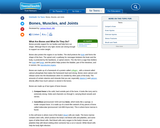
Students learn about the musculoskeletal system. The article explains what bones, muscles, and joints are and what they do. It addresses muscles and movement as well as what can go wrong with bones, muscles and joints.
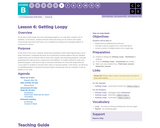
As we start to write longer and more interesting programs, our code often contains a lot of repetition. In this lesson, students will learn about how loops can be used to more easily communicate instructions that have a lot of repetition by looking at the repeated patterns of movement in a dance.
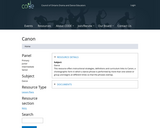
Students will create their own phrases to apply cannon to, manipulate the speed and intensity of the canon, combine two or more canons in one performance to show a variety of focus and phrasing, and
apply changes of levels to the canon.

This interactive resource will introduce students to the elements of composition in a real and exciting way.
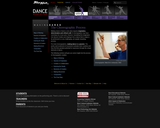
Making visions of dance come alive requires inspiration, determination and refined craft. A choreographer may have vivid ideas for a new work. However, translating this imagination into dancers' bodies and shaping it into a dance that is ready to be performed is a very challenging, yet equally rewarding, process. This site offers guidance to help make visions become a reality.

In this lesson students will explore emotions through facial expressions, body shapes, and movement. They will create choreography based on selected emotions, discussing what energy, size, level, and speed the body employs to create a particular feeling.
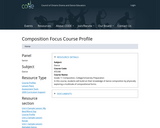
This course emphasizes the development of student's artistry, improvisational and compositional skills, and technical proficiency in global dance genres. Students will apply dance elements, techniques, and tools in a variety of ways, including performance situations; describe and model responsible practices related to the dance environment; and reflect on how the study of dance affects personal and artistic development. The focus of this course is the creative process of dance composition.

In this lesson students will explore action words through a series of improvisations. Then they will choose three or four action words from a list around which they will create a choreographic sequence. Students will vary the levels, energy, and speed they use when performing their sequences. Students will then create short stories from sentences they wrote containing their action words. Students will tell the stories using movement.

In this lesson students will identify action words found in text. They will discuss how dancers use movement to tell a story just as an author uses words. Then students will create word dances with a theme- e.g spring time or under the sea.
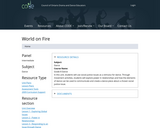
Students will take the piece they have created and use teacher and peer feedback to refine their dance work.
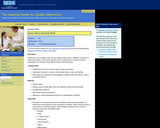
This lesson is one example of how you can implement the practice of making connections to history and culture. In this activity, students work in small groups to research and make presentations on folk dances from different cultures and time periods.
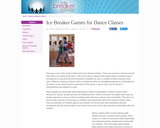
Teachers will find several movement ice breakers that may be used at the beginnig of class as a warmup or to review material from the previous day. In these icebreakers students will get the opportunity to explore the elements of dance.
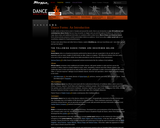
A wide variety of dance forms exist around the world. Here is an introduction to over 40 traditional and contemporary dance forms that you may encounter on stages near you. You'll find 24 major dance styles and additional information on variations within certain forms. Most of these are theatrical dance forms whose primary purpose is artistic presentation before an audience. Some forms play a wider social role but are nonetheless adapted for theatrical performance.
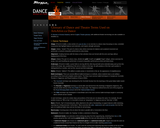
This site offers dance technique terms, theatre terms, staging terms, eras and isms, and general dance and art vocabulary.
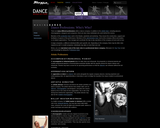
Students will learn the "Who's Who's" within a dance company. They will learn the roles of the artistic team, including dancers, choreographers, designers and composers, and the many individuals who work behind the scenes.

William C. Rhoden discusses dance as an athletic endeavor with Alicia Graf Mack, a dancer with Alvin Ailey American Dance Theater.

In this lesson students will experience the cultures of Mexico and the US through music and dance while showing the ability to respect others and their boundaries.